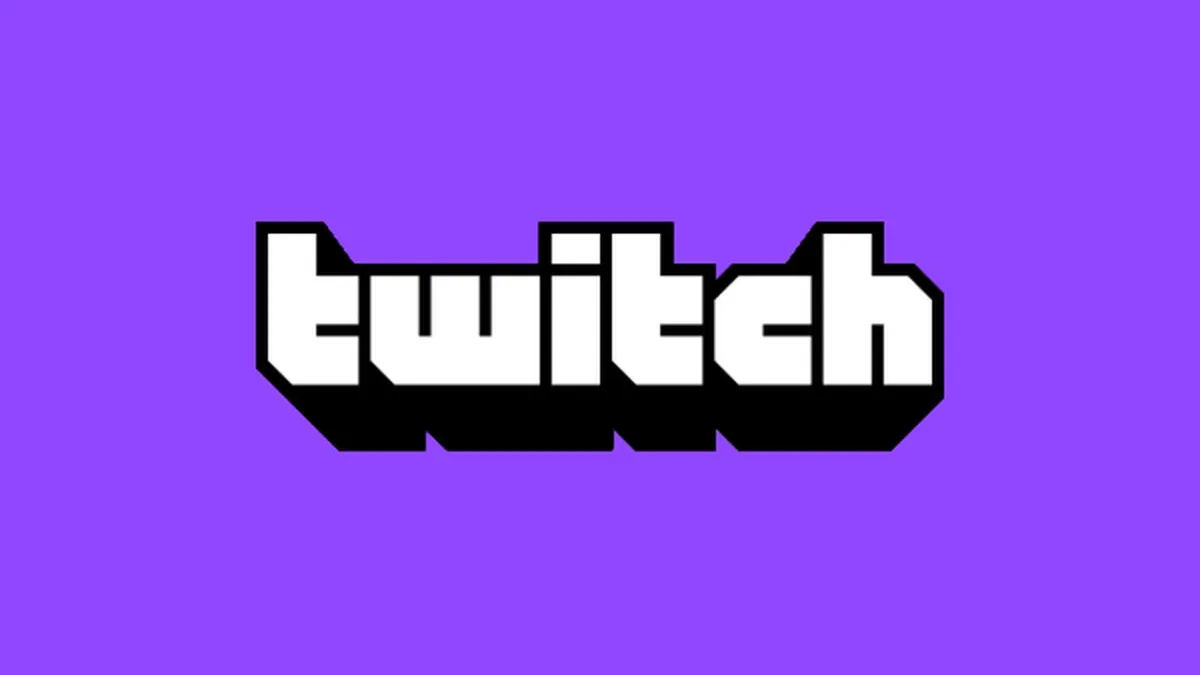Live streaming was around before Twitch, but it was never close to being the phenomenon that it is today. Twitch owes its success to many factors, but one sticks out more than others. Besides all the business moves, it was mainly the Twitch chat that kept the viewers coming back for more.
Though other streaming platforms also had a chat feature, none formed a culture like Twitch chat. Not only did the emotes start seeing real-world usage in conversations, but the terms scattered around Twitch also became industry standards.
If you’re new to Twitch or streaming in general, the jargon can be a little overwhelming at first. Fear not, however, since you can easily get up to speed with a crash course. The following list includes some of the most used terms on Twitch. If you’re looking to become a part of a streamer’s community, you may need to get familiar with their chat’s culture and inside jokes.
Here are some of the most commonly used Twitch terms and slang.
- Affiliate: With enough viewer base and consistent streams, a streamer can join Twitch’s Affiliate program. Once a streamer is affiliated, they’ll be able to monetize their stream through subscribers, ads, and cheers, but most importantly, they’ll unlock customized emote spots.
- Bit: Besides the subscription model, the only way to support a streamer was donating to them until Twitch introduced Bits. They’re basically a virtual good that you can purchase on Twitch which you can later use to cheer streamers. Bits are practically donations, and you’ll be paying the money upfront to Twitch before donating with Bits.
- Bitrate: If a stream is lagging way more than it should and viewers are complaining about the bitrate, they’re referring to the stream’s quality. Sometimes a streamer’s internet connection won’t allow them to stream at high resolutions, meaning they need to lower their bitrate to reduce the overall quality.
- Bot: There are good types of bots and bad ones. You’ll have friendly bots in a chat that usually try to help viewers by providing useful information. If you hear the term “botting” instead, it generally refers to streamers with suspiciously high viewer numbers with almost idle chats.
- BTTV: Better Twitch TV (BTTV) is a Chrome extension that became a part of the Twitch culture with its unique emotes and features. If you notice users in the chat typing meaningless words, they may be using the BTTV emote. You’ll need to download the extension to join in on the fun.
- Clip: Clipping allows viewers to crop a tiny part of the stream. The clip durations typically vary between 10 to 60 seconds, and they’re usually taken when a memorable moment happens during a live broadcast. You can use the clipping button on the bottom right corner of the media player. The clipping interface should guide you through the rest of the process.
- Commands: Most streamers have commands of their own that users can trigger. These commands usually include information about frequently asked questions like a streamer’s age or social media accounts. Commands start with a “!” and the rest will depend on the streamer you’re watching.
- F: If you notice the letter “F” getting spammed on the chat, it means that the viewers are paying their respects. This usually happens when a tragic event takes place on the stream. It can also be used sarcastically. The term originates from Call of Duty: Advanced Warfare.
- Host: When a streamer is done broadcasting for the day, they may host another streamer. Hosting a streamer forwards all the current viewers of a stream to another one. This is mostly considered as a friendly gesture amongst streamers.
- Jebaited: Jebaited is a commonly used Twitch emote when the streamers get baited in video games. Baiting happens whenever someone gets fooled into doing something they’d anticipate as a bad call. Though this mostly happens while gaming, Jebaited can also be used in real-life scenarios where someone simply gets tricked by someone or something.
- Kappa: Kappa is the official sarcasm stamp of Twitch. If you see a statement ending with Kappa, the person saying it is either being sarcastic, or they’d like to sound sarcastic while saying it.
- KEKW: KEKW is one of the most popular emotes used to express laughing in Twitch chat. You’ll need the FrankerFacez library to see it in chats since you’ll only be able to see it as text otherwise.
- Kreygasm: Kreygasm usually starts flooding the chat when a satisfying moment happens on stream. Beating a level on the first try or accomplishing something after multiple tries can trigger a Kreygasm spam.
- LUL and LULW: LUL and LULW two other emotes that are used to express joy and laughter. The only difference between the two is that the LULW is a slightly zoomed-in version of the original one, showcasing the intensity of someone’s laughter.
- MonkaS: MonkaS is a BTTV emote that features Pepe the frog. Viewers usually use the emote when they’re nervous.
- Moobot: Moobot is one of the most common chat bots on Twitch. Moobot can act as a moderator in the chat or provide useful information to the viewers.
- Nightbot: Nightbot is another bot you’ll commonly see in chats on Twitch. It can also act as a moderator and help streamers set setup commands. It’s also widely used to perform giveaways on streams.
- Partner: Becoming affiliated on Twitch is only a stepping stone for streamers. Getting the partnership status is the peak that each streamer can achieve on Twitch, helping them unlock more revenue sources, and emotes alongside a partnership contract.
- PepeHands: PepeHands is another BTTV emote that’s been seeing a lot of use. The emote gets typically used to express sadness, but it can also be used in moments where viewers are left in disbelief.
- Poggers: Poggers is a Pepe the frog variation that’s mainly used to show excitement. It can also be used in an encouraging way when a streamer asks their chat whether they should do something that sounds bold and thrilling.
- Prime: Amazon Prime members also get benefits on Twitch. Each Amazon Prime member is allowed to subscribe to a channel of their choosing once a month. Streamers try to do their best to convince their viewers to use their Prime subs on their channel. If you see too many Prime commands on the chat or in a stream title, it’ll be to remind players to renew their Prime subscriptions or let them know about a special deal that may be going on.
- Sub Badge: When you subscribe to a channel, a badge next to your name will appear. This badge can upgrade depending on how long you’ve been subscribed to the channel, allowing viewers to show off their loyalty.
- SourPls: BTTV extension supports animated GIFs. SourPls features a man dancing in a Toys “R” Us. This emote is generally used to express excitement and happiness.
- Stream sniper: The term stream sniper refers to other players in a live streamer’s online game who are also watching the broadcast to gain an advantage over them. Considering they’ll know the streamer’s whereabouts, they’ll always be one step ahead of them. Once a streamer suspects someone of sniping them, they use the term stream sniper.
- VODs: Based on a streamer’s settings, each live broadcast gets automatically saved to their history as a video on demand (VOD). You’ll be able to watch all the past broadcasts by the Videos section of a streamer’s channel. Some streamers may choose to disable VODs altogether, making it impossible to check out their past streams unless they upload them to another platform.






Published: Mar 5, 2021 03:00 pm